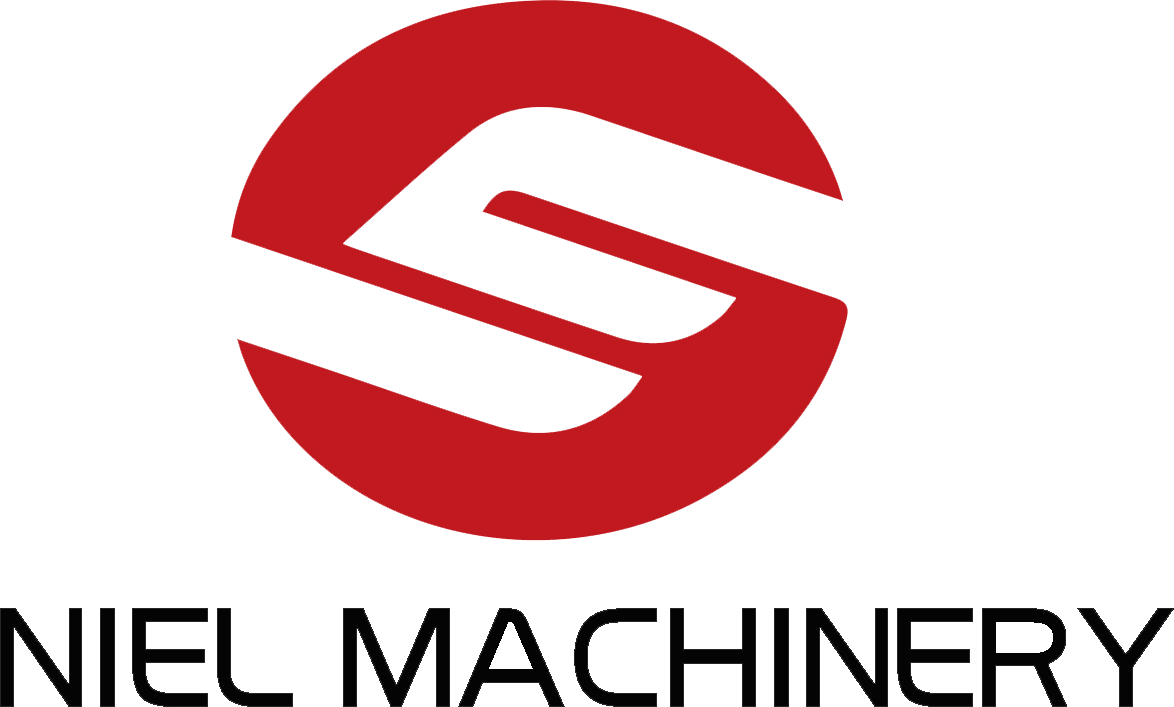Understanding Semi-Automatic Powder Filling Machines: A Comprehensive Overview
Release time:
2025-06-07 09:40
Source:
One of the primary advantages of semi-automatic powder filling machines is their ability to improve productivity without compromising quality. Operators can achieve a higher rate of filling accuracy compared to manual methods, significantly reducing the risk of overfilling or underfilling containers. This accuracy is crucial for maintaining product consistency and meeting regulatory requirements, especially in industries with strict quality control measures.
The design of semi-automatic powder filling machines typically includes features such as adjustable filling volumes, easy-to-use controls, and compatibility with various container sizes. Many machines are equipped with a hopper to hold the powder, allowing for continuous operation and minimizing downtime. Operators can easily adjust the machine settings to cater to different product types, enabling greater flexibility in production.
Moreover, semi-automatic powder filling machines are often easier to clean and maintain than their fully automatic counterparts. As these machines require some manual input, operators can quickly access critical components for routine cleaning and maintenance. This feature is particularly beneficial in industries where hygiene is paramount, such as food and pharmaceuticals. Ensuring that the machines are well-maintained also extends their lifespan, providing better return on investment for businesses.
Another aspect to consider is the level of training required for operators. While semi-automatic machines do require some degree of technical knowledge, the learning curve is generally less steep than that of fully automatic systems. This accessibility allows businesses to train their staff efficiently, ensuring that production can resume quickly without extensive downtime.
In conclusion, semi-automatic powder filling machines represent a practical solution for businesses looking to enhance their packaging processes. With their blend of efficiency, accuracy, and ease of use, these machines serve as a valuable asset in the manufacturing landscape. By investing in the right equipment, businesses can improve their operational effectiveness, maintain product quality, and adapt to varying production needs with ease.
Related News
Boosting Efficiency: Semi Automatic Powder Filling Machine in Action
Boosting Efficiency: Semi Automatic Powder Filling Machine in Action Table of Contents 1. Introduction to Semi Automatic Powder Filling Machines 2. What is a Semi Automatic Powder Filling Machine? 3. How Does a Semi Automatic Powder Filling Machine Work? 4. Benefits of Semi Automatic Powder Filling Machines 5. Applications of Semi Automatic Powder Filling Machines 6. Maint
Understanding Semi-Automatic Powder Filling Machines: A Comprehensive Overview
Semi-automatic powder filling machines are pivotal in the packaging sector, particularly for businesses handling powdered products such as spices, flour, chemicals, and pharmaceuticals. These machines bridge the gap between manual filling methods and fully automatic systems, offering businesses an optimal solution for efficiency and precision. One of the primary advantages of semi-automatic powder
The Evolution of Mixing Machinery: Horizontal Paddle Mixers at the Forefront
The Evolution of Mixing Machinery: Horizontal Paddle Mixers at the Forefront Table of Contents 1. Introduction to Mixing Machinery 2. A Brief History of Mixing Machinery 3. Technological Advancements in Mixing Machinery 4. Understanding Horizontal Paddle Mixers 5. Applications of Horizontal Paddle Mixers 6. Advantages of Horizontal Paddle Mixers 7. The Future of Mixing Machinery 8
The Essential Guide to Horizontal Paddle Mixers: Applications and Benefits
Horizontal paddle mixers are vital components in various manufacturing and processing operations, particularly within the realm of mixing machinery. Understanding the workings and benefits of these mixers can significantly enhance operational efficiency and product quality. A horizontal paddle mixer typically features a cylindrical mixing chamber equipped with paddles that rotate on a horizontal a
Exploring the Dynamic Capabilities of Industrial Ribbon Mixers Table of Contents Introduction to Industrial Ribbon Mixers Understanding the Mechanics of Ribbon Mixers Advantages of Using Ribbon Mixers in Manufacturing Applications of Ribbon Mixers Across Industries Maintaining Your Ribbon Mixer for Longevity Future Trends in Ribbon Mixer Technology Case Studies: Ribbon Mixers in Act
Understanding Industrial Ribbon Mixers: Essential Tools for Effective Material Blending
Industrial ribbon mixers are vital pieces of equipment used in various manufacturing processes, particularly in the blending of powdered and granular materials. These mixers are characterized by their unique design, featuring a set of helical ribbons that move materials through the mixing chamber, ensuring a thorough and uniform blend. With increasing demands for consistency and quality in product




















